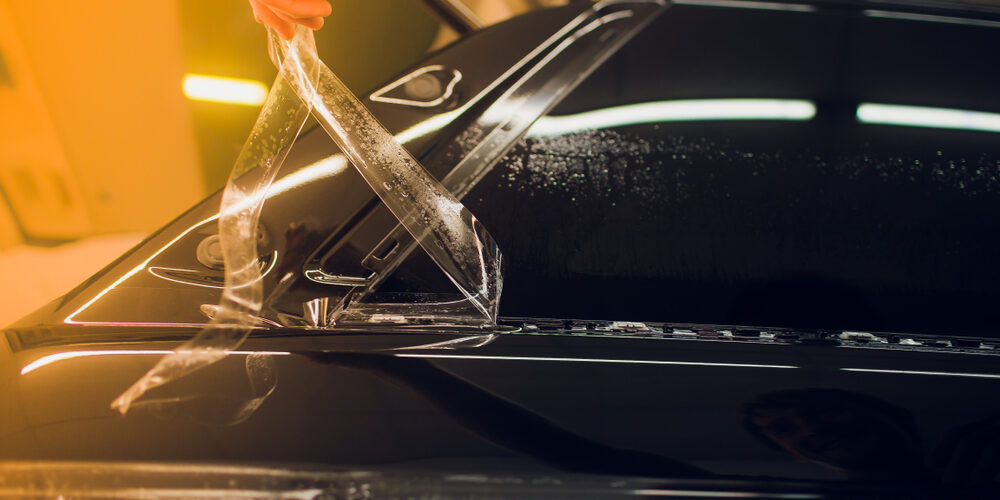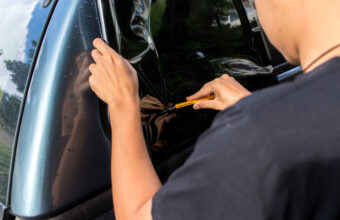Ceramic window tint is heralded for its exceptional performance in heat rejection, UV protection, and non-interference with electronic signals, making it a top choice for many vehicle owners. As technology advances, one might wonder if there’s an alternative that surpasses ceramic tint in benefits and performance. Let’s explore the current landscape of window tinting technologies to see what, if anything, might be better than ceramic tint.
Ceramic Tint – The Gold Standard
First, it’s vital to understand why ceramic tint is so highly regarded. Its ability to block up to 99% of UV rays and a significant portion of infrared light without using metals makes it stand out. This results in superior heat reduction, fade resistance, and clear electronic communication. Ceramic tint offers enhanced durability and visibility, making it a premium choice for drivers prioritizing comfort and protection.
Exploring the Alternatives
While ceramic tint holds a prestigious position in the window tinting hierarchy, advancements in materials and technology continually push the boundaries. As of the latest updates, here are some considerations and potential contenders…
1. Spectrally Selective Tints
- Overview – These tints are designed to selectively block certain wavelengths of light, specifically infrared rays (responsible for heat) and UV rays while allowing maximum visible light transmission.
- Comparison – Spectrally selective tints can offer similar levels of UV and infrared light protection as ceramic tints but with even less impact on visibility, making them ideal for drivers who want maximum light intake without the heat.
2. Multi-layered nano-ceramic Tints
- Overview – Some manufacturers have started to produce multi-layered nano-ceramic tints, which layer different nano-ceramic particles to enhance heat rejection capabilities beyond traditional ceramic tints.
- Comparison – These advanced tints might offer slightly better heat rejection due to their multi-layered approach but at a higher cost. The difference in performance, while notable, may not be significant enough for all drivers to justify the price.
3. Hybrid Tints
- Overview – Hybrid tints combine dyed and metalized or ceramic materials to offer a balance of performance features, including heat rejection, glare reduction, and color stability.
- Comparison – While hybrid tints can provide excellent performance, they often don’t match the superior heat rejection capabilities of pure ceramic tints. They might offer a more aesthetically pleasing look for some drivers.
Key Considerations
When deciding if there’s a better option than ceramic tint for your vehicle, consider…
- Performance Needs – Evaluate what performance aspects are most important to you, such as heat rejection, UV protection, or visibility.
- Budget – Higher-performing tints, including advanced ceramic and spectrally selective films, tend to come with a higher price tag.
- Aesthetics – Consider how different tints will affect the appearance of your vehicle.
While ceramic tint remains a top-tier choice for vehicle window tinting, advancements in tint technology, like spectrally selective and multi-layered nano-ceramic tints, offer compelling alternatives for specific needs. The “best” tint depends on your priorities, including desired levels of heat rejection, UV protection, visibility, and budget. Consulting with a professional window tinting service can help you navigate these options and select the best solution for your vehicle, ensuring satisfaction with your investment.






